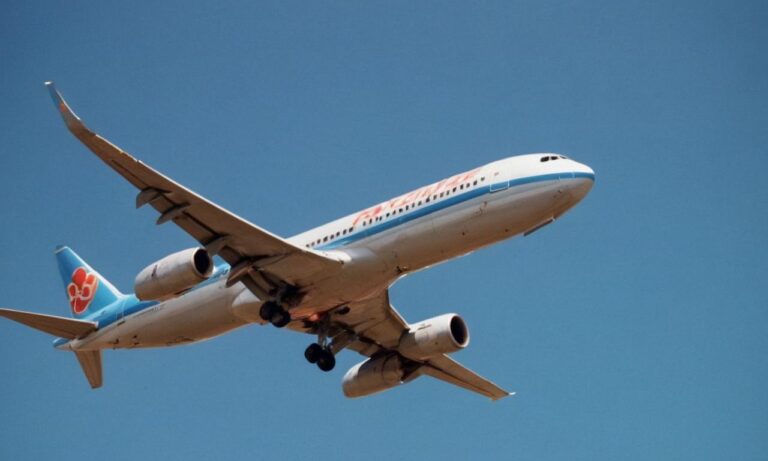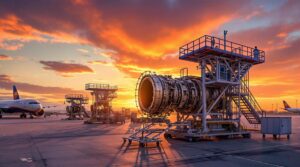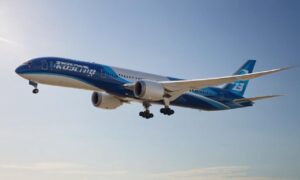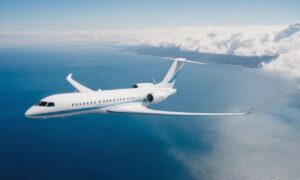Planes, marvels of modern engineering, soar through the skies at remarkable speeds, catering to our global connectivity needs. Let’s delve into the intricacies of their velocity and how they traverse the air.
Understanding Airplane Speeds
When we talk about the speed of an airplane, we refer to its velocity in the air. This velocity is not constant and can vary based on several factors.
Commercial airliners, like the Boeing 747 or Airbus A380, typically cruise at speeds ranging from 550 to 580 miles per hour (mph) or around 885 to 930 kilometers per hour (km/h). This cruising speed allows them to cover vast distances efficiently.
Factors Affecting Airplane Speed
Various elements influence the speed of an airplane:
- Aircraft Type: Different aircraft have different design specifications affecting their maximum speeds.
- Weather Conditions: Wind speed and direction can either hinder or assist an airplane’s speed. Tailwinds can boost speed, while headwinds can slow it down.
- Altitude: Higher altitudes often allow planes to achieve greater speeds due to thinner air resistance.
- Flight Route: Direct routes or shorter distances often result in quicker travel times.
Supersonic and Hypersonic Travel
While most commercial planes operate at subsonic speeds, there are supersonic and hypersonic aircraft designed for incredibly high velocities.
Supersonic jets like the Concorde, which operated until 2003, traveled faster than the speed of sound, reaching around 1,350 mph (2,180 km/h). Hypersonic planes are experimental and aim to surpass even greater speeds, potentially reaching Mach 5 or more.
Conclusion
Planes have revolutionized travel by significantly reducing the time it takes to traverse vast distances. Understanding the factors affecting their speed helps us comprehend why they travel at various velocities.
htmlC
Understanding Airplane Speeds
Planes, with their technological prowess, transcend distances at impressive speeds, fostering our global interconnections. Exploring the intricacies of their velocity illuminates the marvel of their journey through the air.
Factors Influencing Airplane Speed
When considering an airplane’s velocity, multiple facets play pivotal roles in determining its pace:
| Aspect | Influence on Speed |
|---|---|
| Aircraft Type | Diverse designs dictate maximum speeds. |
| Weather Conditions | Wind dynamics either impede or enhance speed, with tailwinds or headwinds. |
| Altitude | Higher altitudes diminish air resistance, facilitating higher speeds. |
| Flight Route | Direct paths or shorter distances often translate to swifter travel. |
Supersonic and Hypersonic Travel
While most commercial aircraft operate within subsonic realms, there exist supersonic and hypersonic crafts engineered for astonishing velocities.
Supersonic jets, exemplified by the Concorde, exceeded the speed of sound, surging at approximately 1,350 mph (2,180 km/h). In contrast, the experimental hypersonic planes aim for speeds surpassing Mach 5, exploring unprecedented realms of rapid travel.
Frequently Asked Questions
How do weather conditions affect airplane speed?
Weather, particularly wind, significantly impacts airplane speeds. Tailwinds can propel an aircraft, increasing its speed, while headwinds act as resistance, slowing it down.
Are there any commercial hypersonic planes available for travel?
As of now, commercial hypersonic planes are still in experimental stages and not available for regular travel. Research and development continue to explore their potential.
Conclusion
The transformative impact of airplanes on global travel, reducing the time required to traverse vast distances, underscores the significance of comprehending the myriad factors influencing their speed.






